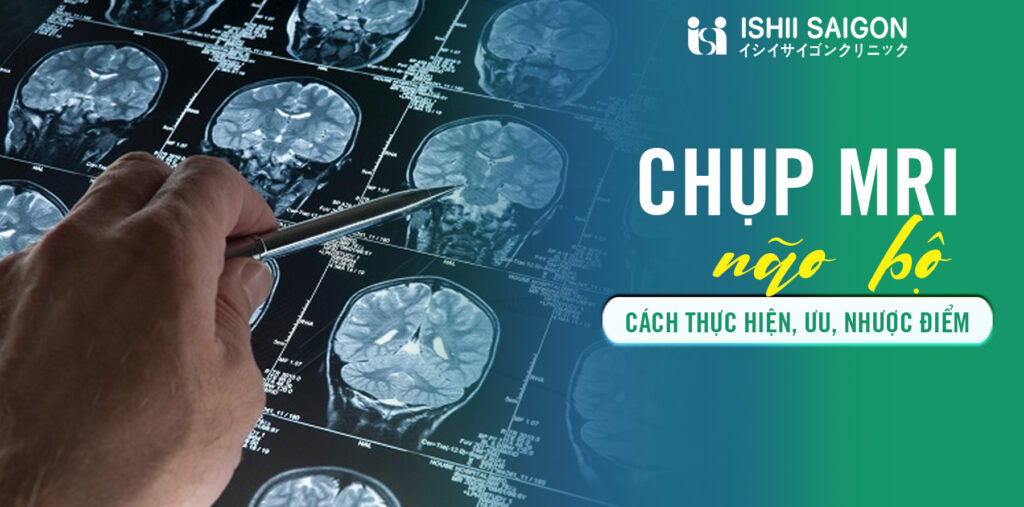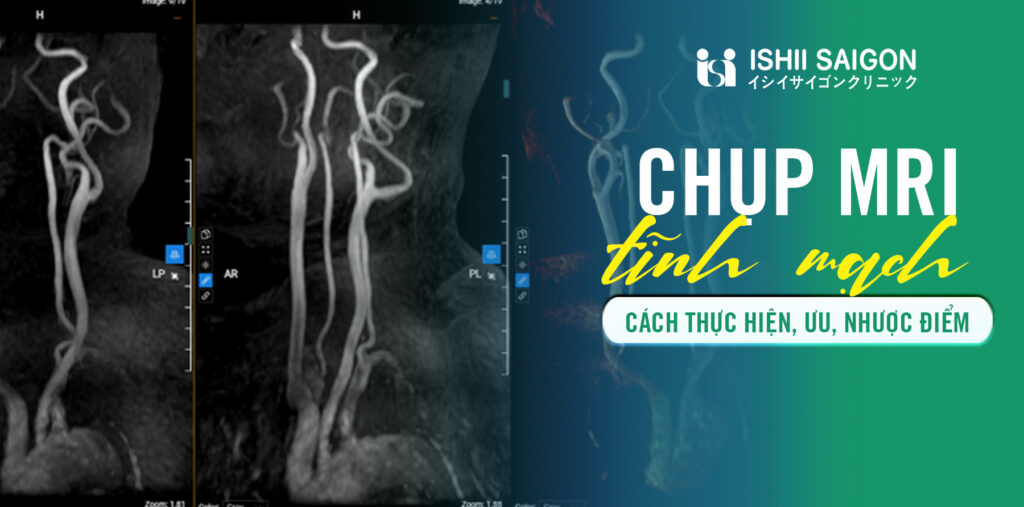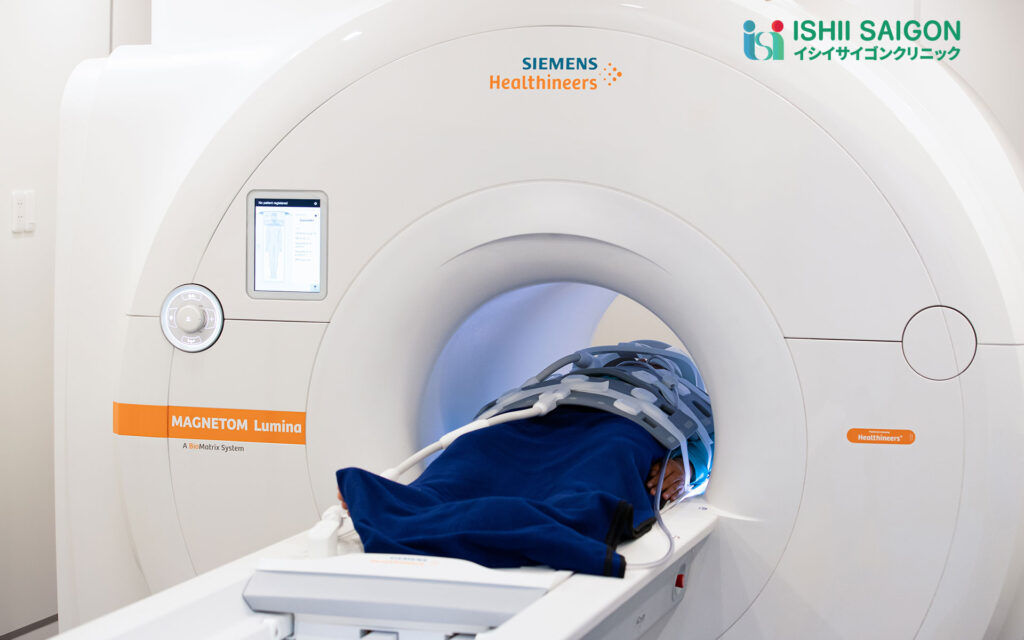
MRI (Magnetic Resonance Imaging) is an important and widely used medical diagnostic method worldwide. It is used to create detailed images of the human body by utilizing magnetic fields and radio waves. MRI has become a crucial tool in diagnosing medical conditions and allows doctors to make accurate treatment decisions. In this article, we will delve into the common types of MRI scans that are frequently performed in practice.
Functional MRI (fMRI)
Functional MRI (fMRI) is a medical diagnostic method used to evaluate the function of internal organs. It allows doctors to examine the activity of the brain, heart, liver, kidneys, and other organs. Notably, it provides information about blood flow and fluid movement within the body. Functional MRI helps doctors make more accurate treatment decisions and monitor the effectiveness of therapies.
How Functional MRI (fMRI) is Performed
To perform a functional MRI (fMRI), the patient is placed inside an MRI machine and asked to remain still throughout the procedure. If the patient has a medical device such as a pacemaker or joint replacement, the doctor will check and remove the device before performing the MRI.
The functional MRI (fMRI) procedure uses magnetic fields and radio waves to create images. The patient will hear loud noises and feel slight pressure on their body when the machine is operating. In some cases, the doctor may use medication to help the patient relax and remain still throughout the scan.
Advantages and Disadvantages of Functional MRI (fMRI)
One of the biggest advantages of functional MRI (fMRI) is that it provides detailed and accurate images of body function. It also does not use X-rays or other forms of radiation, so there are no dangerous side effects for health. This makes MRI safe and suitable for all individuals, including children and pregnant women.

However, functional MRI (fMRI) has some disadvantages, such as being more expensive and time-consuming compared to other diagnostic methods. It requires the patient to remain still in the machine for a prolonged period and is not suitable for individuals who have fears or are claustrophobic.
Magnetic Resonance Imaging (MRI) of the Brain
Magnetic Resonance Imaging (MRI) of the brain is a medical diagnostic method used to create detailed images of the brain and surrounding structures. It is used to diagnose and monitor conditions related to the brain such as strokes, brain tumors, and other neurological disorders.
How Brain MRI is Performed
The process of performing a brain MRI is similar to that of a functional MRI, except it focuses on imaging of the brain and related structures. The patient is placed inside the MRI machine and instructed to remain still throughout the procedure. If necessary, the doctor may use medication to help the patient relax and remain still during the scan.
Advantages and Disadvantages of Brain MRI
One of the greatest advantages of brain MRI is that it allows doctors to examine detailed structures and activities of the brain. It is also a non-invasive, safe method without dangerous side effects for health.
However, MRI is not recommended for individuals with medical devices such as pacemakers or other types of metal in their bodies. Additionally, undergoing an MRI can be time-consuming and more expensive compared to other diagnostic methods.
Magnetic Resonance Imaging (MRI) of the breast
Magnetic Resonance Imaging (MRI) of the breast is an important tool for diagnosing breast cancer and monitoring the development of breast masses. It can reveal the smallest changes in breast tissue, especially when combined with the use of contrast agents.
How to perform breast MRI
During a breast MRI scan, the patient is positioned lying on their back inside the MRI machine with their arms raised above their head. Images of the breasts are taken both before and after the injection of contrast-enhancing agent by the doctor. This process enhances the clarity of images of breast tumors.
Advantages and disadvantages of breast magnetic resonance imaging (MRI).
One of the greatest advantages of magnetic resonance imaging (MRI) is its ability to provide detailed images of the structure and function of the breast. It also allows doctors to assess the extent of tumor development and make more accurate conclusions about the patient's health status.
However, breast magnetic resonance imaging (MRI) may not yield accurate results if the patient has undergone breast surgery, has medical devices inside the body, or suffers from liver or kidney-related conditions. Additionally, MRI procedures can be costly and time-consuming compared to other diagnostic methods.

Intravenous magnetic resonance imaging (MRI)
Intravenous magnetic resonance imaging (MRI) is a medical diagnostic method used to examine blood vessels and static tissues in the body. It helps doctors assess vascular conditions such as coronary artery disease, tumors, and circulatory issues.
How intravenous magnetic resonance imaging (MRI) is performed
For intravenous magnetic resonance imaging (MRI), the patient is injected with a contrast-enhancing agent before being placed into the MRI machine. This process enhances the visibility of blood vessels. During the procedure, you may hear loud noises and feel mild pressure on your body as the machine operates.
Advantages and disadvantages of intravenous magnetic resonance imaging (MRI)
Intravenous magnetic resonance imaging (MRI) allows doctors to examine details of blood vessels and static tissues in the body. It is also a non-invasive, safe method with no adverse health effects.
However, if the patient has medical devices in the body or suffers from liver or kidney-related conditions, intravenous magnetic resonance imaging (MRI) may not yield accurate results. Additionally, it can be costly and more time-consuming compared to other diagnostic methods.
Magnetic resonance imaging (MRI) of the heart
Cardiac magnetic resonance imaging (MRI) is a crucial tool for assessing heart function. It can provide detailed images of any abnormalities in the heart, assisting doctors in making precise treatment decisions.
How cardiac magnetic resonance imaging (MRI) is performed
During cardiac magnetic resonance imaging (MRI), the patient is placed inside the MRI machine and instructed to remain still throughout the procedure. If necessary, the doctor may administer medication to help the patient relax and remain still during the scan.
Advantages and disadvantages of cardiac magnetic resonance imaging (MRI)
One of the greatest advantages of cardiac magnetic resonance imaging (MRI) is that it allows doctors to examine details of any abnormalities in the heart. It also provides information about blood flow and fluids within the heart, enabling more precise treatment decisions.
However, it may not be recommended for individuals with medical devices such as pacemakers or other types of metal in the body. Additionally, cardiac magnetic resonance imaging (MRI) procedures can be costly and more time-consuming compared to other diagnostic methods.
MRI machine 3.0 Tesla Lumina at Ishii Saigon
The 3.0 Tesla Lumina MRI machine is one of the most modern and advanced MRI systems in Vietnam, equipped with 3 Tesla technology from Italy. This enables it to produce detailed and precise images of the body and related medical conditions.
3 Tesla technology
3 Tesla technology is an advanced medical imaging technology that allows high-quality imaging with the best resolution. The 3.0 Tesla Lumina MRI machine at Ishii Saigon utilizes this technology to provide detailed and accurate information about the patient's body.
Benefits of the 3.0 Tesla Lumina MRI machine
Utilizing the 3.0 Tesla Lumina MRI machine at Ishii Saigon offers several benefits to patients. Firstly, it produces high-resolution images that aid in accurate diagnosis by physicians. Secondly, the machine is capable of fast and efficient scanning, saving time for patients. Lastly, operated by a team of experienced specialists knowledgeable in this technology, the 3.0 Tesla Lumina MRI at Ishii Saigon ensures a smooth and high-quality imaging process.

Magnetic resonance imaging (MRI) services at Ishii Saigon
Ishii Saigon not only provides magnetic resonance imaging (MRI) services but also is a reputable destination with a team of professional doctors and modern equipment. Patients can trust in the quality of service and diagnostic results at Ishii Saigon. Moreover, the use of the 3.0 Tesla Lumina MRI machine at Ishii Saigon ensures that they will receive the most accurate and detailed images of their body and health issues.
Conclusion
In this article, we have explored various common types of magnetic resonance imaging (MRI) such as body MRI, brain MRI, breast MRI, intravenous MRI, and cardiac MRI. Each type of MRI has its own advantages and disadvantages, but all play a crucial role in diagnosing and monitoring medical conditions.
Moreover, the 3.0 Tesla Lumina MRI machine at Ishii Saigon is one of the most advanced technologies, providing significant benefits to patients with high-quality imaging and fast scanning procedures. The use of the 3.0 Tesla Lumina MRI machine at Ishii Saigon, coupled with the experienced team of specialists there, ensures that patients receive the best healthcare services.
Take care of your health by regularly checking and visiting specialists for routine examinations. We should not hesitate to undergo diagnostic tests such as magnetic resonance imaging (MRI) when necessary to ensure the best health outcomes for ourselves.






